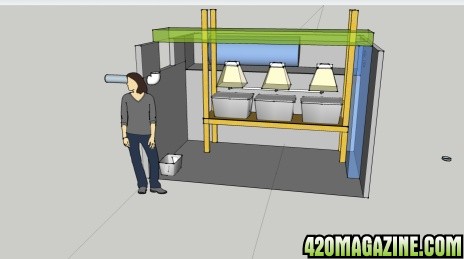I was thinking the other day back to my days in Panama City, sitting through dive physics and remembered some of the basic laws. One thing that struck me is that the air we breath is only 21% O2 and about 78%+ Nitrogen. Nitrogen absorbed in the blood stream causes the bends, so I know it is absorbed into solution.
So I was thinking, does any of that 78% nitrogen that we are pumping through our air stones get absorbed into the nutrient solution?
It would stand to reason that is we are dissolving O2 into solution, then some some Nitrogen must stick as well.
Then I read an article about heavy aeration as a means to remove Nitrogen from waste water in treatment plants. Now I my inital theory is in question.
Do we have anyone with a chemistry background that can elaborate on this? Are we adding Nitrogen through aeration, or does heavy aeration actually remove some of the Nitrogen already in solution? Whatever the numbers are, I am sure that they are very minute either way. Just got my brain thinking.
So I was thinking, does any of that 78% nitrogen that we are pumping through our air stones get absorbed into the nutrient solution?
It would stand to reason that is we are dissolving O2 into solution, then some some Nitrogen must stick as well.
Then I read an article about heavy aeration as a means to remove Nitrogen from waste water in treatment plants. Now I my inital theory is in question.
Do we have anyone with a chemistry background that can elaborate on this? Are we adding Nitrogen through aeration, or does heavy aeration actually remove some of the Nitrogen already in solution? Whatever the numbers are, I am sure that they are very minute either way. Just got my brain thinking.




